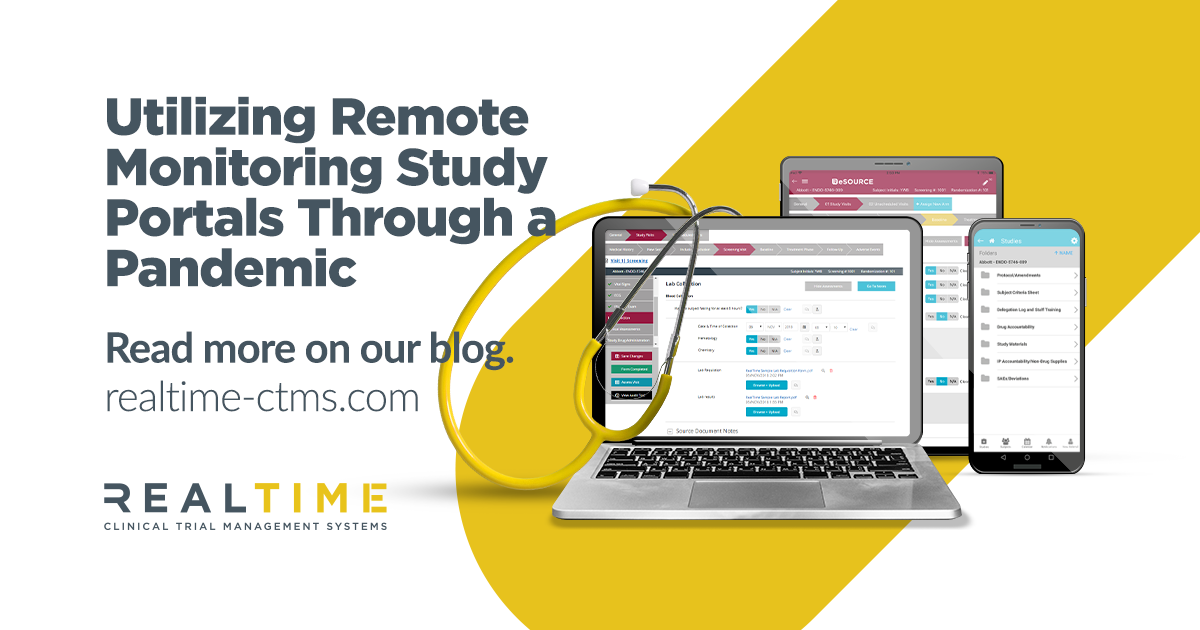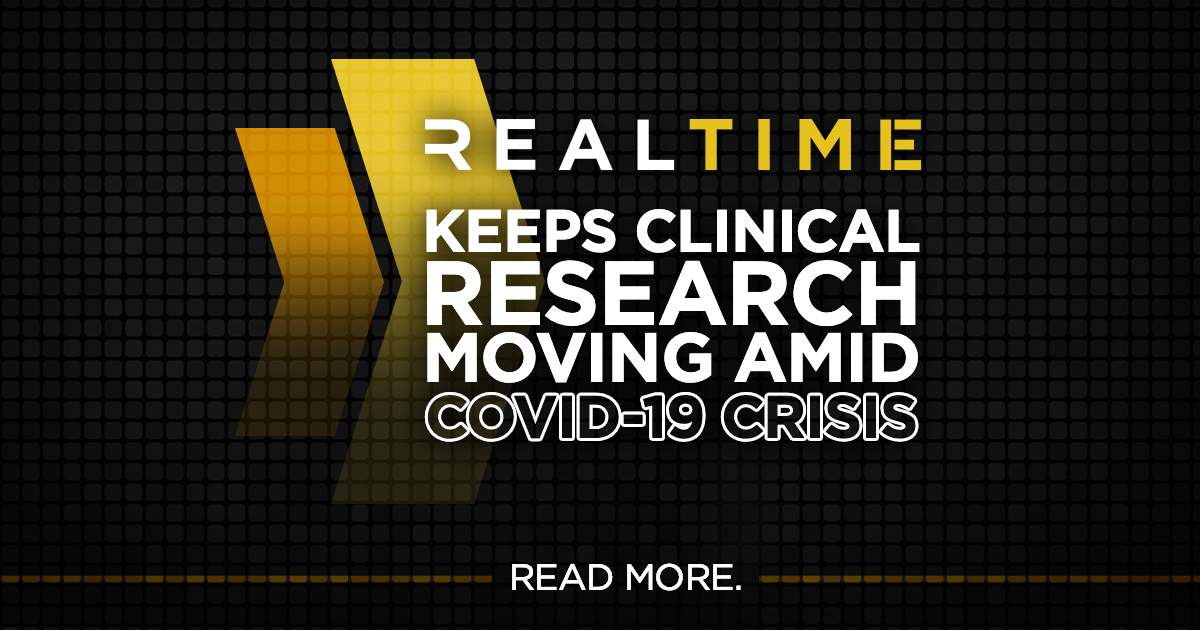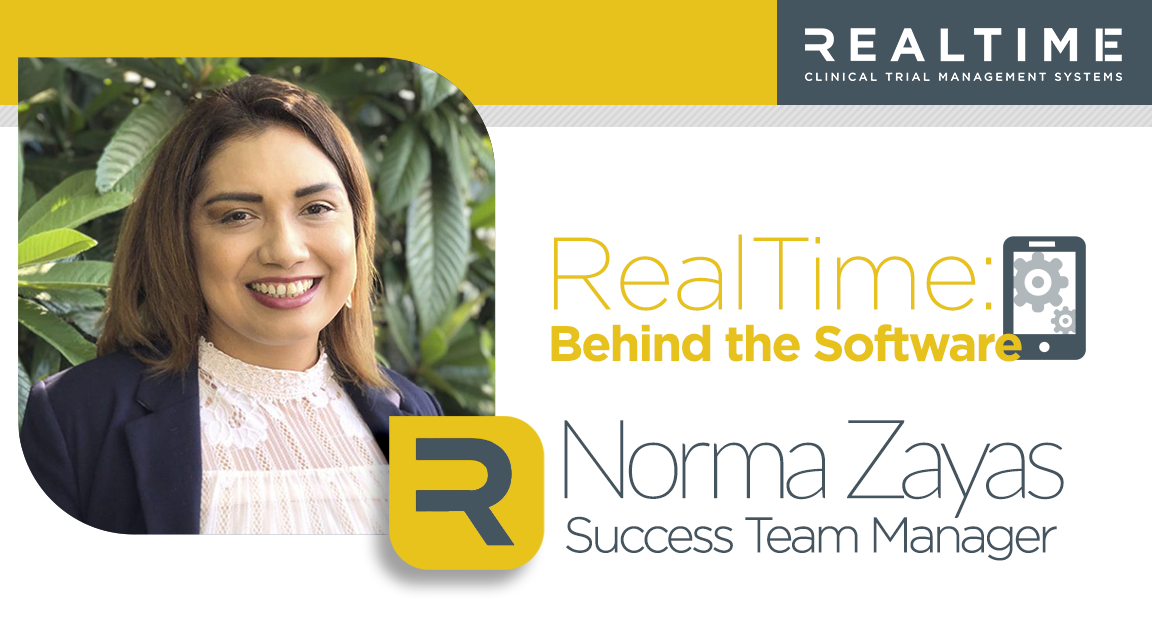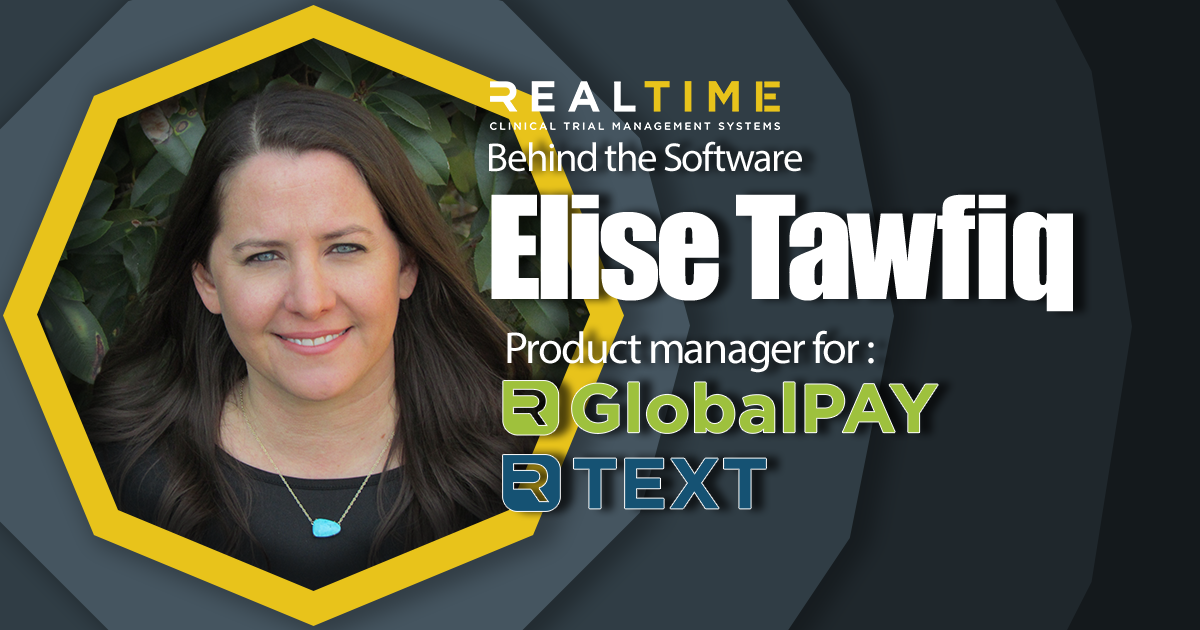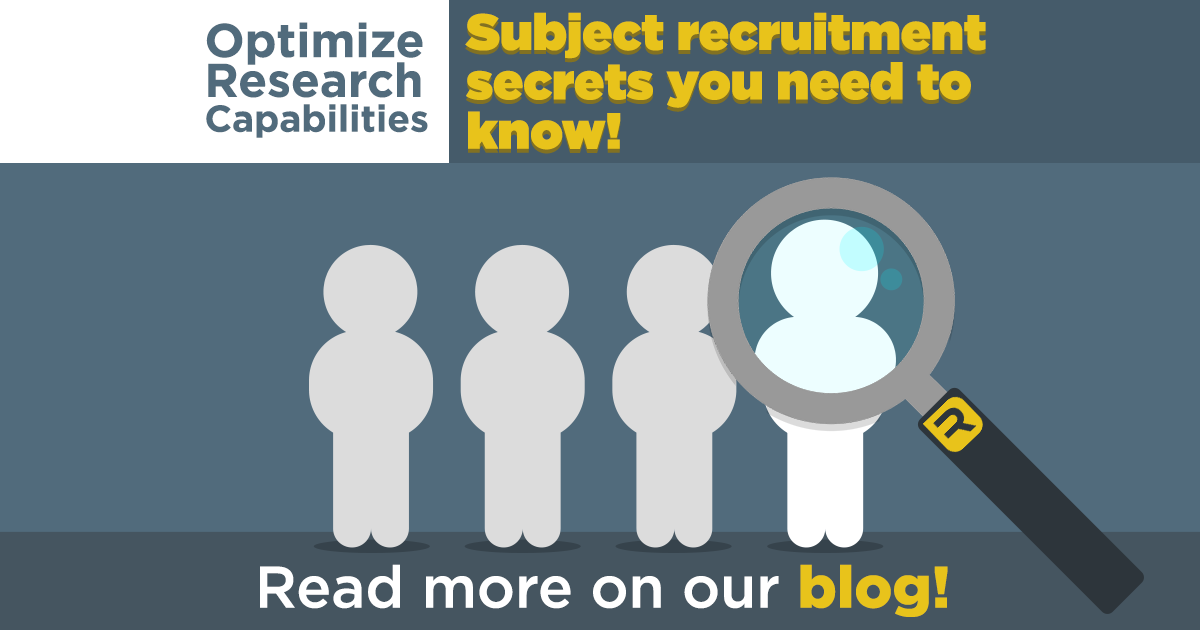What does “Your Success” in Research mean to RealTime? A conversation with Scott Butcher, VP of Operations
What makes your clinical research site successful? We all hope to be able to fully answer this question someday, but RealTime Software Solutions is working tirelessly to make meaningful improvements in site operations to help Research sites, Site Networks, Universities, and Hospital systems find their ultimate success. In a conversation with RealTime’s Vice President of … Read more


